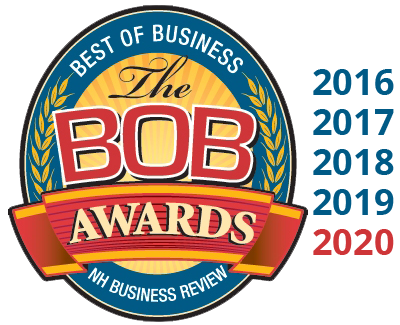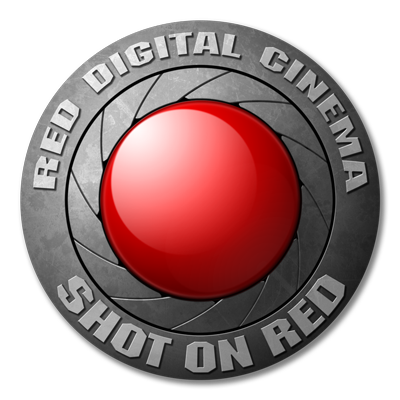Video can stop a viewer in their tracks or it can be pretty forgettable. Most of the time, that’s a result of a very talented person called an editor. Editing is an important part when it comes to video production as it has the ability to turn raw footage into a well thought out narrative and, when done correctly, it has the ability to make your video production stand out from the rest. Here are some things to consider when it comes to great video editing.
Sequential Editing:
When you’re wanting to develop a narrative, editing in sequential form is an important process. Making sure that the shots you have filmed are sequential even if they are different from one another will help as the narrative is being developed. For example, introducing the narrative with a wide shot will establish the scene while honing in on a character will establish that they are the main focus of the video, and once those have been introduced, the video can move forward with telling the overall story and/or message you are wanting to get across. This will not only tell the audience what they should be paying attention to, but it will also give the audience important information about the context of the video. You want to avoid sharing too much information and/or context as your narrative might get lost in a sea of boredom.
Telling A Story:
Telling a story starts in pre-production, continues through production and is really finely crafted in the edit suite. As you’re editing a video, ask yourself whether or not your video is telling the story you want to be told in the most effective way. Visual language can go quite far, which is why it’s important to be aware of the story being told. It will be easier to watch that story unfold if the scenes are placed in chronological order. It’s not so much about the scenes individually, but the overall piece, and that is what you want to keep in mind. Good editing makes it possible for that story to be told in the most succinct way possible It may be easier to accomplish this if you’re able to run your video by a test audience. They will be able to give feedback on what they think happened in the story, some things they may have been confused about, and things they wish they saw more of. Remember to choose your test audience that is closest to the demographic you are targeting in the video.
Pacing the Story Appropriately:
Pacing is another important aspect when it comes to editing. When a story is told gradually at the beginning of your video, but picks up fast towards the end, it’s easier for your audience to get lost as they are watching the video. More often than not, it comes down to the speed of the scenes and cuts, and the stories that cut more frequently are the ones that are perceived to be faster. An audience needs time to digest a video, and establishing shots or editing the scenes to be slower-paced will help with this. Another thing that will help with the pacing of your story is music. Upbeat music will often increase pacing whereas classical and/or slower, music will help make the piece feel slower. It’s important to not let your music selection go to the wayside as it will only help inform your audience on how they are supposed to feel throughout the video.
Making Sure You Have the Right Material:
One of the biggest things that separates us from smaller production companies is that we know exactly what we need to shoot before we even pull out a camera. That being said, there’s no such thing as shooting too much material. More coverage will make the editing process easier when it comes to making scenes work together, adding interest, and establishing a setting. Making sure you have multiple takes of important shots is also important because, when editing, it will be easier to decide if a different inflection is needed. The more material you have to work with, the better the final product will be.
When it comes to editing your video, all of these elements should be taken into consideration. Not only that, but it’s also important to remember the message you are trying to convey through your video and what elements will engage with your audience the best.



